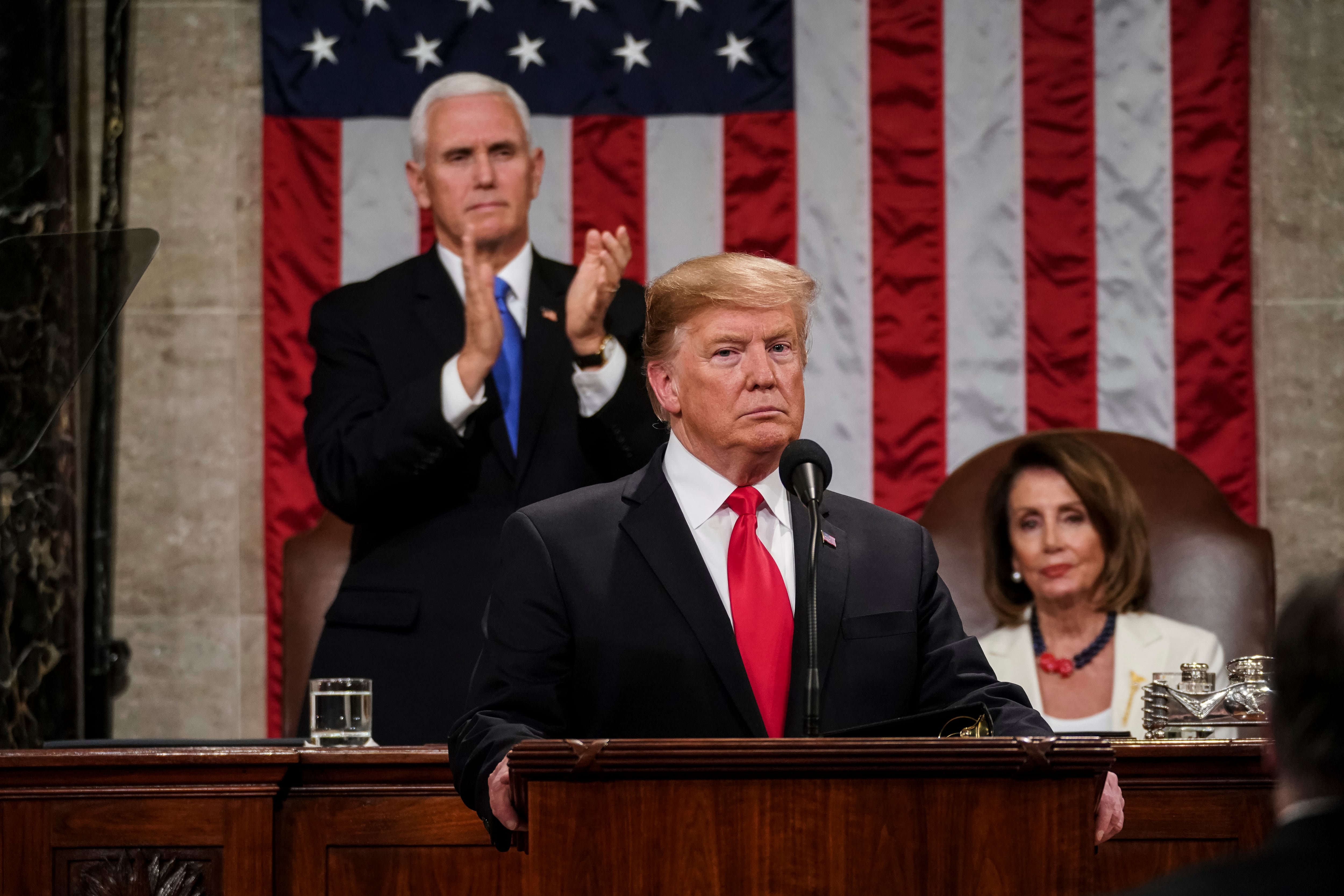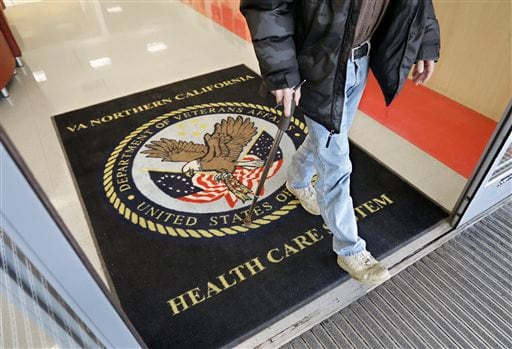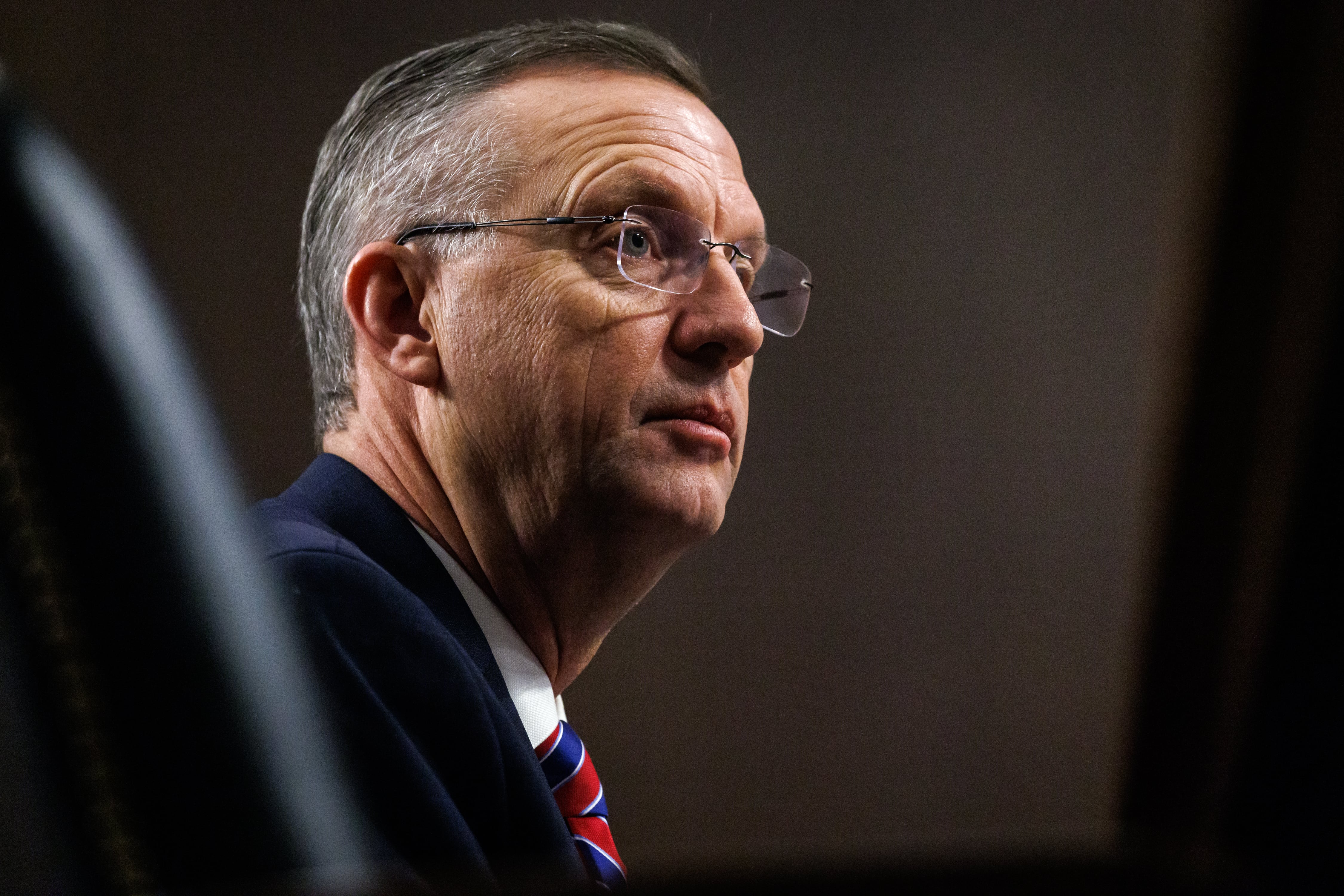Congressional Republicans and Democrats are divided on what kind of example the federal government should set for returning to work amidst the COVID-19 pandemic.
According to some conservative members, the government should be taking the lead in reopening federal offices and returning to in-person work, while democratic members have stressed that the government should stand as an example for comprehensive safety measures and continued flexible work arrangements.
“It’s time for the federal government, and Congress for that matter, to lead by example. We have got to reopen and we’ve got to do so in a manner that is safe,” said Rep. Jody Hice, R-Ga., at a June 25 House Oversight and Reform Committee hearing, adding that the U.S. had successfully flattened the curve to the point that federal guidance could allow for continued reopening.
The official reopening guidance issued by the Office of Management and Budget and Office of Personnel Management in April left the decision up to individual agencies, based on the coronavirus numbers and safety precautions in each state.
RELATED
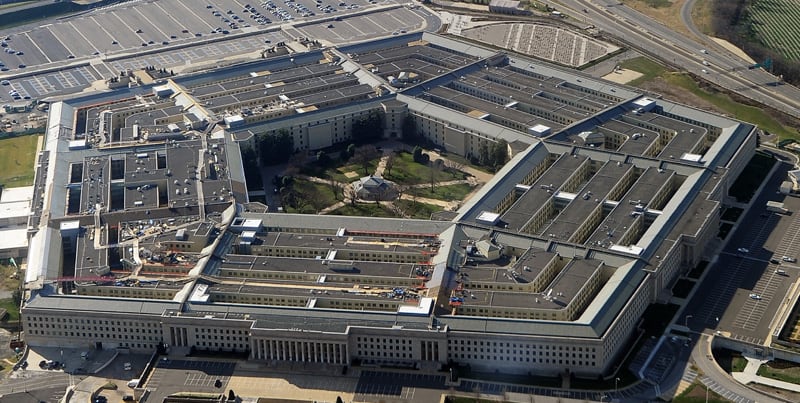
“The guidance fails to provide plans for personal protective equipment and testing provisions for federal employees. It also makes no mention of what agencies should do in the event coronavirus cases begin to spike again, as we’re currently witnessing in the south and southwest of our country. It fails to take a leadership role, instead delegating all responsibilities to the agencies and their administrators, without providing support and assistance,” said Rep. Gerry Connolly, D-Va.
“Today’s hearing is not about returning to work. The federal workforce has been working tirelessly throughout the pandemic. This hearing is about ensuring that federal agencies have plans and the necessary resources to enable continuity of operations throughout the pandemic.”
At the onset of the pandemic in the U.S., many federal agencies transitioned significant numbers of their workforces into mandatory telework, keeping only employees whose in-person jobs were essential to the health and safety of the nation in their normal work locations.
And according to Lorraine Martin, president and chief executive officer of the National Safety Council, those employees that have proven successful at telework should be allowed to continue.
“For the workers who sit at a desk with a computer for most of their day, and who likely have been working from home for the past few weeks, decision makers should not rush to require them to report to a traditional office if it isn’t necessary,” Martin testified.
“I do think that this is a place where the government can set the example, but the example that I would like to see set is that we are following all of the guidance from the health organizations, from some of the companies … who have facilities around the world, who have very detailed playbooks of how to bring their employees back to work and when to bring them back.”
RELATED
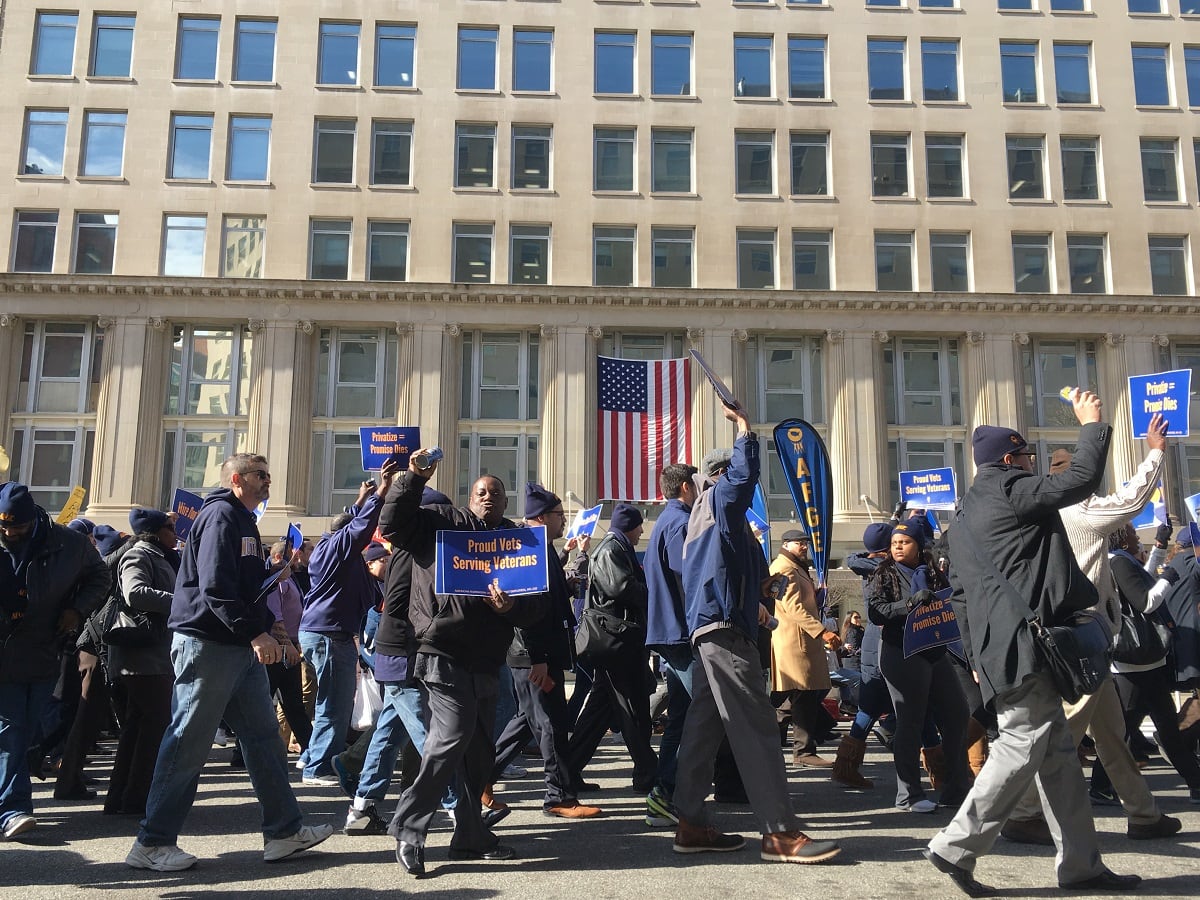
In fact, according to Martin, the pandemic may itself hasten a trend in the private and public sectors to enable more expansive telework while maintaining smaller office spaces for when in-person tasks are necessary.
“Very importantly in our view, agencies’ experiences with telework during the current pandemic suggest opportunities for increased availability of telework in the future,” said J. Christopher Mihm, managing director for strategic issues at the Government Accountability Office.
“We like many other agencies have gone to complete telework at the beginning of the pandemic and it’s been completely seamless for us from a technological and operational standpoint. It’s a huge advantage even during normal times and especially now.”
Though many states are moving into later phases of reopening, coronavirus case numbers in the U.S. have risen in recent weeks, with a record high of new cases reported June 24.
The Trump administration ascribes this uptick to an increase in testing, rather than higher infection rates, and while official CDC death counts due to COVID have gone down in recent weeks, the agency acknowledges that there is a lag time in when the death occurs and when the data is fully reported.
Some agencies have started to bring personnel back into the office, predominantly focused on employees whose jobs cannot be done via telework and do not have preexisting health conditions.
RELATED

But unions and federal employee groups have been critical of reopening plans that don’t intend to provide all staff with personal protective equipment and rigorous testing measures.
“A premature end of these measures is a guarantee of resurgence and a guarantee that thousands more should suffer and die. Every effort should be made to avoid that outcome, not only for federal employees but across the United States and the world,” said Jacqueline Simon, national policy director for the American Federation of Government Employees.
“Now that we know what is necessary to stop the spread, it’s likely that the federal government will open too soon. As a consequence, instead of stopping the spread of COVID-19, the government itself will contribute to the continuation and possible worsening of the pandemic.”
According to Mihm, GAO is also concerned that different agencies in the same location may create contradicting reopening plans.
“The work that we’re doing on behalf of the committee is to go to federal agencies and ask for their playbooks, to check first the existence of those, and then to do an analysis across various agencies to see the commonalities and see if there are differences. And if those differences exist, are they thoughtful and considerate differences or are they just a factor that they were done by different organizations at different points in time?” said Mihm.
“Agencies need to be aggressive in seeking out employee concerns and communicating with them about personnel guidance, such as pay options, leave, staffing and other flexibilities that are available to employees to help them ensure the continuity of operations.”
Jessie Bur covers federal IT and management.

